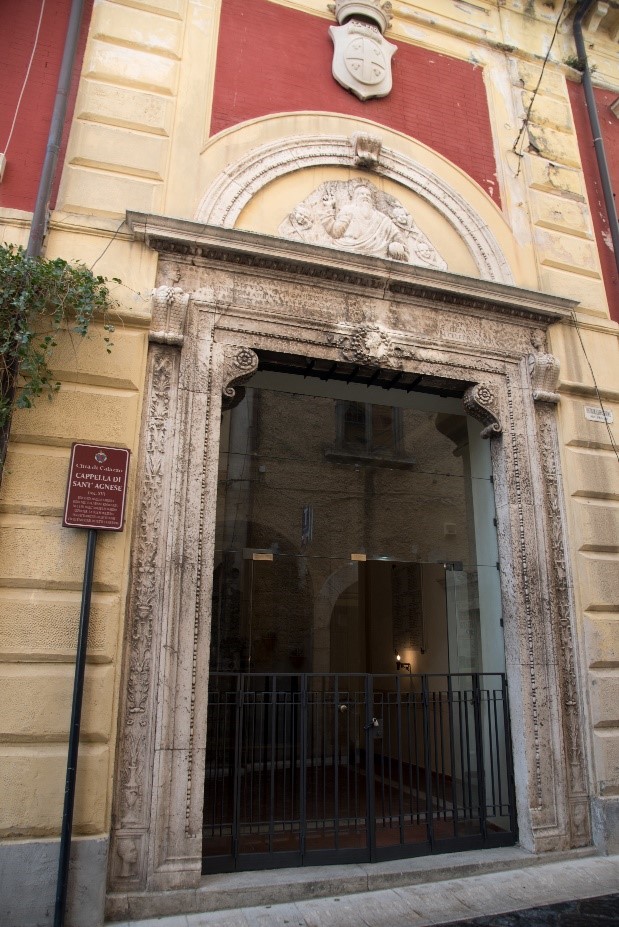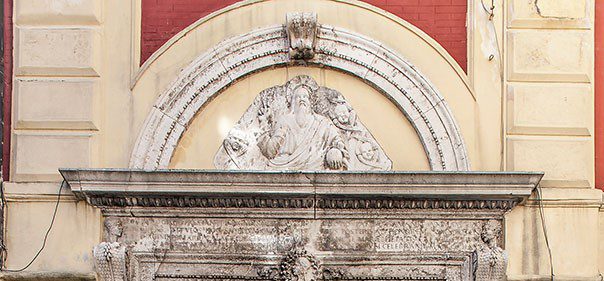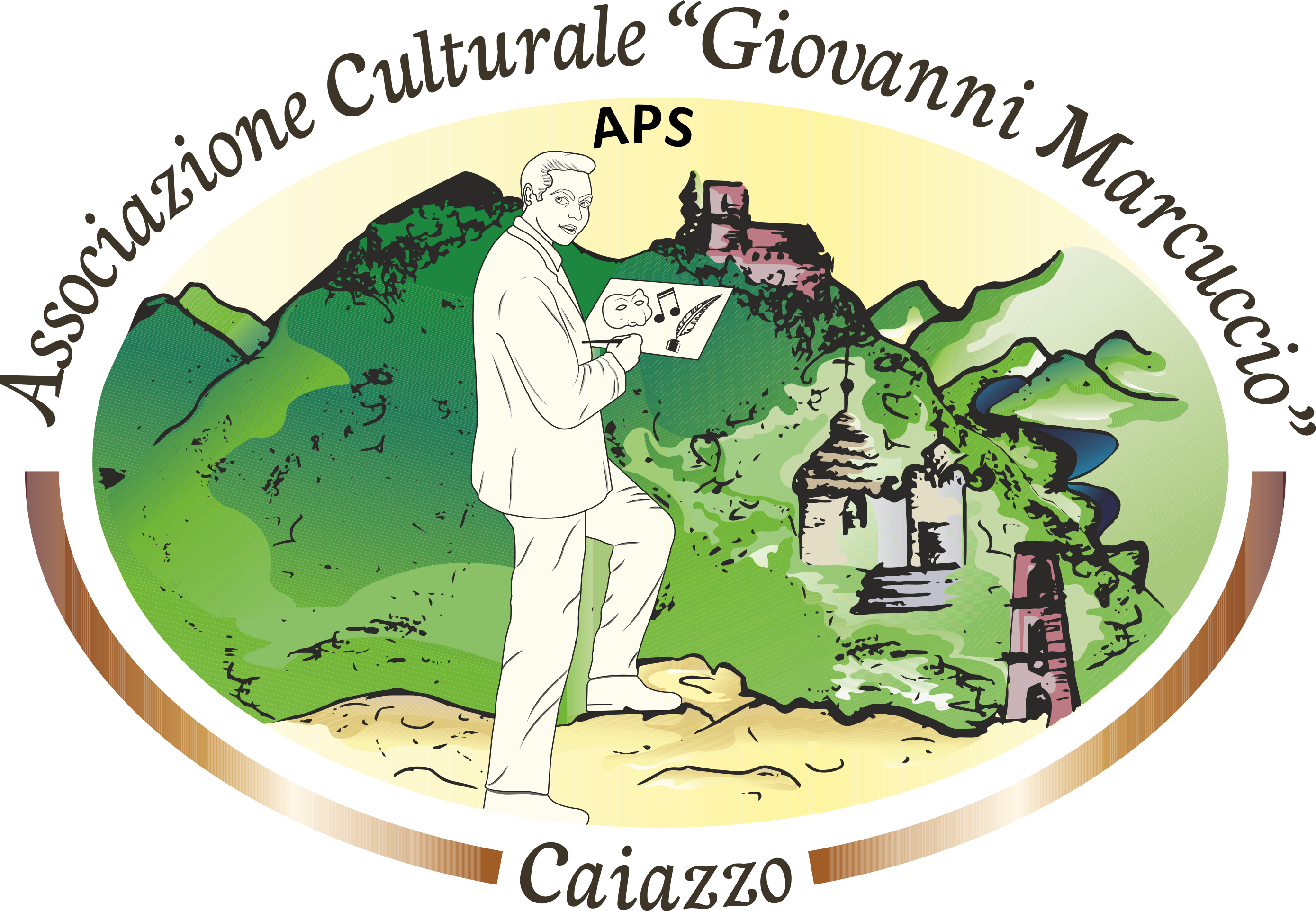Chapel Egizi or S.Agnese l

Chapel Egizi
Chapel Egizi or S.Agnese
The Chapel of Santa Agnese dates back to the fourteenth century, according to a famous act, in 1318 the judge Giovanni Giccius undertooks to build it in honor of St Agnes Virgin. In 1490 a renovation was made at the behest of the abbot Leonardo Egizi.
The Egizi family, owners of the palace and the chapel located there, owes the origin of their name to the First Crusade in the Holy Land called by Pope Urban II, to which they took part in 1096 along with other noble knights caiatini, from which he returned home with the insignia of a famous Egyptian defeated. The coat of arms of the family, in fact, is composed of a moro’s head in the field of gold and above the frieze an arm raised with fingers as a sign of faith.
The family decided to gather in exile to escape the punishment of Emperor Frederick II. When the power was taken by the Angevins of Charles I, the family came back in possession of its assets and territories.
Around the end of the sixteenth century the Egyptian family extincted, the palace passed to various owners and finally to the Forgione family that destroyed the tombstones bearing the name Egizi. Subsequently the palace passed to the Congregation of Charity of Caiazzo and finally in 1879 it was ceded to the municipality.
Currently the chapel is dedicated to the caiatine victims of all wars and retains a laurel wreath that is laid on occasions such as 4 November at the foot of the altar.

Portale
THE PORTAL:
The small church opens on the Corso A.A. Caiatino, the entrance is represented by a beautiful Renaissance portal, built in 1491 and has friezes similar to the nearby Church dell’Annunziata.
The portal in limestone has a continuous entablature with a dark brown head carved on the sides, the entablature is supported by pilasters worked in bas-relief with motifs of leaves and amphorae, called candelabra, with high scales of fish.
At the top we can see a lunette with a bas-relief of the blessing Christ surrounded by heads of angels with intertwined wings. Above there is the coat of arms of Caiazzo.
The sculpted epigraph, in Latin, translates the phrase : Here is the very ancient family of the Egitii who will live for a very long time, as he began to do, will spread the virtue that his nobility did resplendent. At the four corners of the portal we can see repeated the coat of arms of the family : a head of a “moro”.
